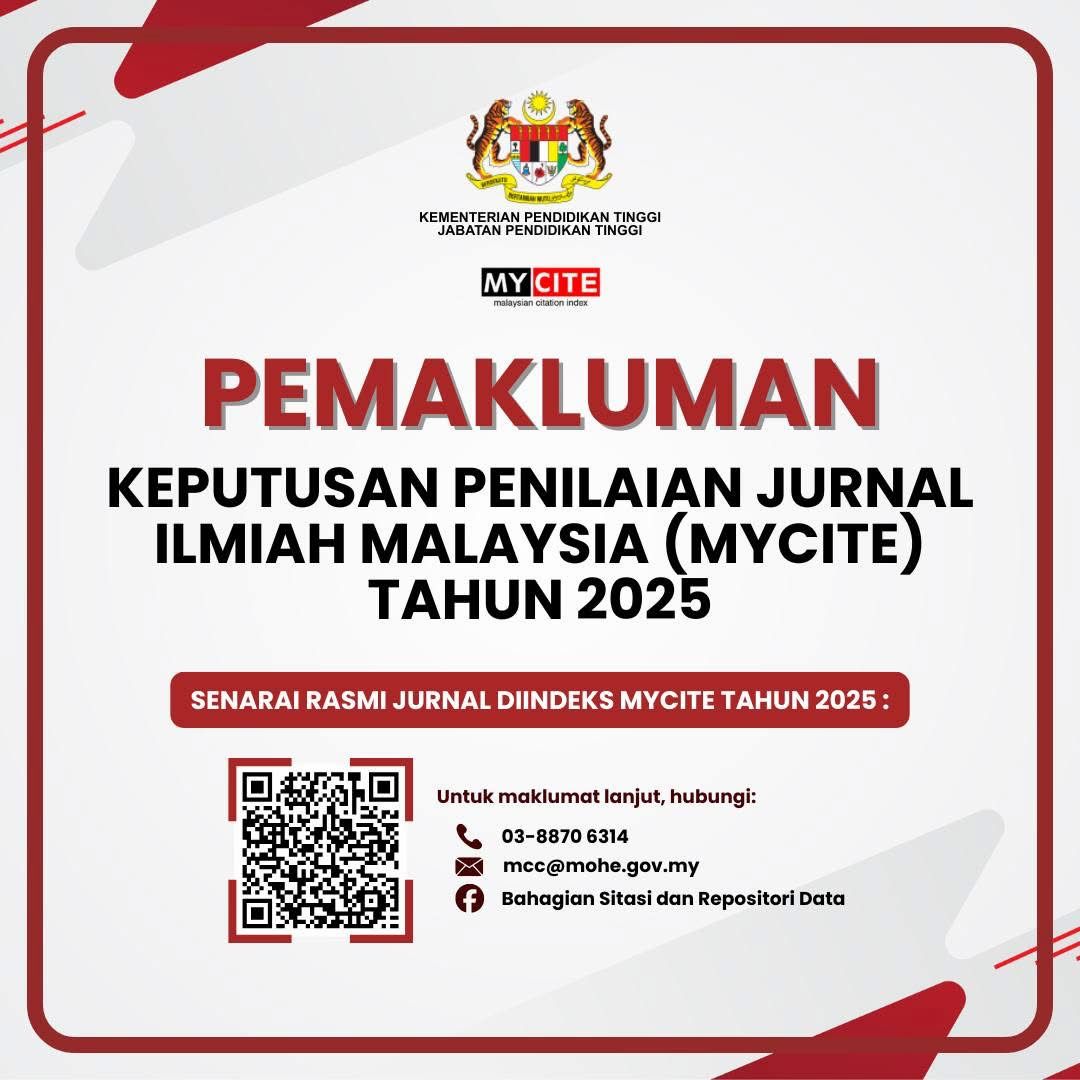The Study of Motion Illustration Trends of The Tales of Sang Kancil
DOI:
https://doi.org/10.24191/idealogy.v9i1.487Abstract
This research focuses on the motion illustration tendency of "The Tales of Sang Kancil," a compilation of popular Malaysian folktale stories. The findings demonstrate a considerable increase in the number of adaptations and their online views, demonstrating a rising interest in this medium, based on a complete examination of motion illustration films from various sources using qualitative methods by doing visual analysis. The motion drawings include a variety of visual styles, use numerous narrative tactics, and successfully maintain cultural components while combining current animation technology. The trend pattern could also be seen at the end of the study comparing the significant elements of motion illustrations in adapting the story. This trend helps preserve Malaysian folktale stories and acts as a link between generations, assuring the timeless tales' continuous relevance and enjoyment.
Keywords: Motion illustration, Motion Illustration Trends, The Tales of Sang Kancil
References
Chew, F.P. & Ishak, Z. (2010). Malaysia folk literature in early childhood education. In: International Conference on Education and Information Technologies, Paris, France.
Dondis, Donis, A. (1372). Rudiments of visual literacy, Translated by: Masoud Sepehr, Tehran,Soroush publication, Second edition.
John L., Pixar (1987). Principles of Traditional Animation Applied To 3d Computer Animation, San Rafael, California.
Michael B. (2013). The History of Motion Graphics: from avant-garde to Industry in the United States.
Norfarizah M. B., Juliana I. K., Nurliana Y. (2018). Hikayat Sang Kancil and Buaya: An Interactive Animation. 3rd International Conference on Creative Media, Design and Technology (REKA 2018).
Shaw, E. (2018). Motion Graphics in Branding: Creating a conceptual brand identity that utilises motion graphics. Stemler.
Steve S. (2001) An overview of content analysis, Practical Assessment, Research, and Evaluation: Vol. 7, Article 17.
Venla L. (2016). The Hand Drawn Animation Process, Tampere University of Applied Science.
Yu. LI (2008), Typography in film title sequence design, Lawa state university.
Downloads
Published
Issue
Section
License
UiTM Press (the Publisher) has agreed to publish the undersigned author’s paper in Idealogy Journal. The agreement is contingent upon the fulfilment of a number of requirements listed below.
1. The undersigned author warrants that the paper entitled below is original, that it is not in any way libellous or unlawful in Malaysia, that it does not infringe any copyright or other proprietary right. The undersigned hereby represents and warrants that he/she is the author of the paper, except for material that is clearly identified as to its original source, with permission notices from the copyright owners where required. The undersigned represents that he/she has the power and authority to sign and execute this agreement.
2. The undersigned author warrants that the paper entitled below has not been published elsewhere, and also it will not be submitted anywhere else for publication prior to acceptance/rejection by this Journal.
3. By submitting the paper entitled below, the undersigned author agrees to transfer the rights to publish and distribute the paper in an international e-journal (entitled above) to Publisher.
4. The undersigned author agrees to make a reasonable effort to conform to Publisher's submission guidelines and to liaise with the editor to ensure that the requirements of these guidelines are met to a reasonable degree.
5. The corresponding author signs for and accepts responsibility for releasing this material on behalf of any and all coauthors. This agreement is to be signed by at least one of the authors who has obtained the assent of the co-author(s) where applicable. After submission of this agreement signed by the corresponding author, changes of authorship or in the order of the authors listed will not be accepted.



